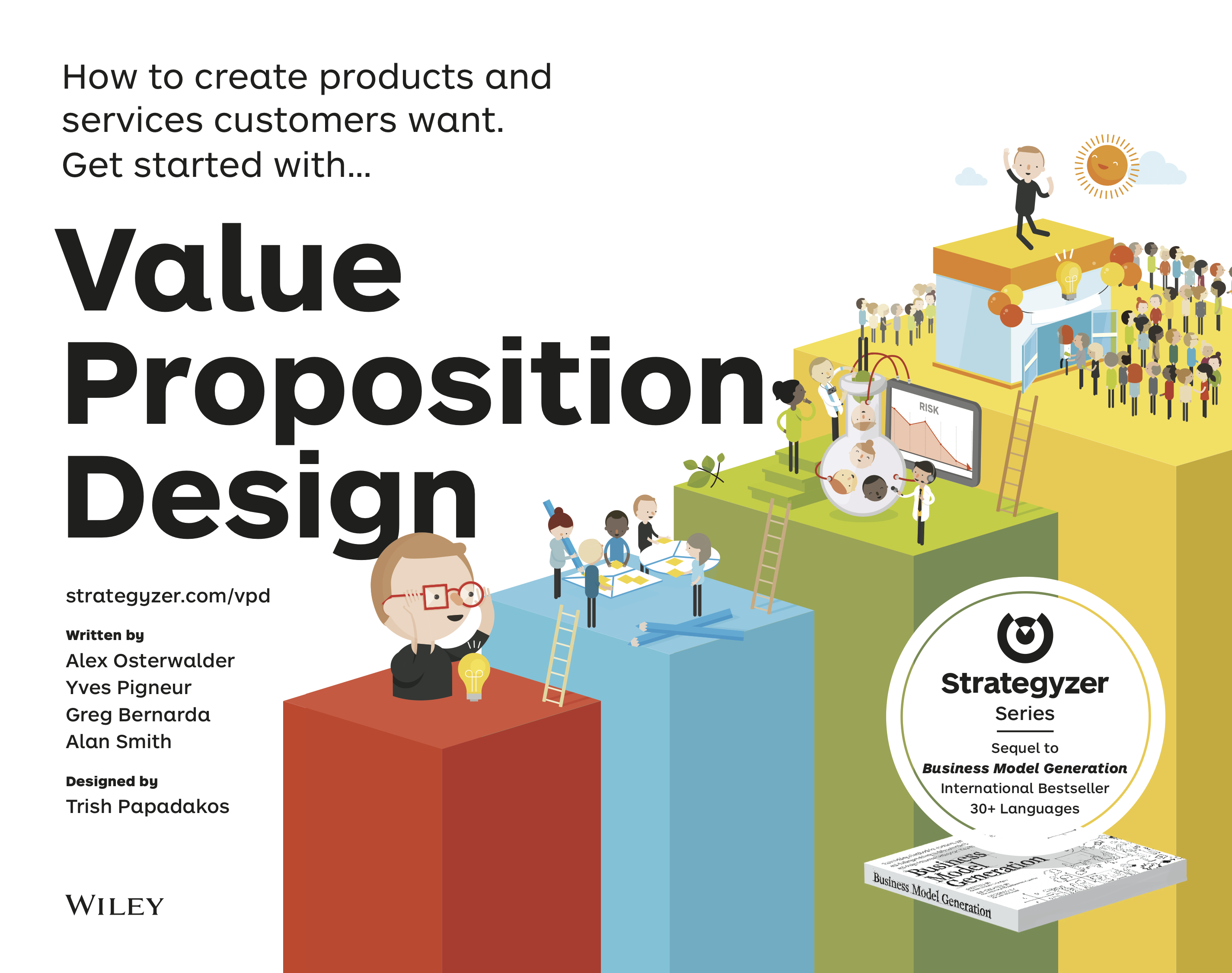Business Model Generation Book
Friday, August 6th, 2010In 2009, Alex Osterwalder and I published a new management book for entrepreneurs and executives about business model innovation.
“We talk about business models every day. New disruptive business models are changing the competitive landscape. They are a part of our generation. But rarely do we approach them systematically. Business Model Generation gives you a range of powerful, simple, applicable and tested tools to understand, design, differentiate and challenge your business models.
The book has four main sections that help you design outstanding and innovative business models. It covers describing business models visually, popular business model patterns, designing innovative business models, and questioning your business model strategically.
Business Model Generation is designed as a handbook that shall not just inspire you, but help you with its applicable content. It is a good company in your efforts to strengthen your current business model and/or assist you in your quest to craft new game changing business models.”
Have a look on the website bmgen
See the videos on the making-off vime01 and the preview vimeo2 (from Fisheye)
Another youtube video by Alex.
Since 2010, Wiley is the publisher (site)
A nice review on About (review)
Another on Amazon by Prof. Donald Mitchell (review)
A recent video review by Chris Brogan (review)






